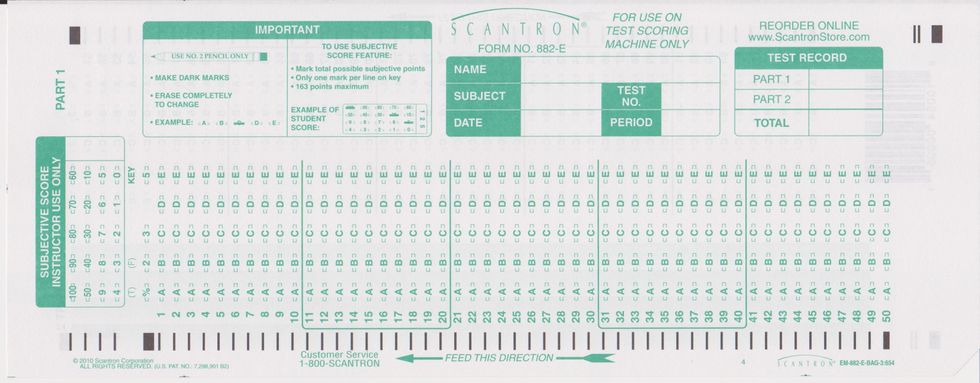Newsflash: almost everyone is brilliant in college. This is no secret and the professors who write the tests know this too. I know in high school, I could always count on a few questions of the math test to be at the rudimentary level, so this was a way to maximize scores for me. I could master the lower and mid level questions and do my best on the challenge questions while still earning a great score. This simply is not the case is college. Everyone in Calculus III was that person who did great on tests in high school, so they write the tests full of those challenge problems to find out who is actually exceptional. This is not just the case in the sciences; it seems all tests in college write tests to challenge even the exceptional. The two main differences between college and high school tests are the time allotted to take the tests, and the average difficulty of questions or topics is significantly higher. These characteristics significantly bring down the averages of tests compared to a "normal" high school test.
The time allotted to complete tests is a significant element in increasing the difficulty of tests in college. Strict time limits and increasing number of questions ensure that students know their material well to succeed on tests. In high school, one could go into the test knowing they could work slower because ample time would be available to work through unfamiliar problems. Tests in college are really all about preparation. It is no longer okay to know the material well; from personal experience, I try to know every type of question that could be asked so less time is spent asking "what is that?" and more is spent doing the problems. High scores are still possible, but preparation is imperative to success. The strict time limits of tests in college also make for a higher pressure situation. This leads to anxiety for some, but confidence relieves these pressures. Solid preparation creates confidence in the answers that I derive.
The average difficulty of tasks on exams in college leads to lower scores. Another factor that contributes to the lower bell curve on exams in college is the lack of variety in questions. Rather than ten questions with two tough questions mixed in, exams start to consist of four questions with three challenge questions and one that should be easier. One drawback of this characteristic is all the material in class may not be covered on the test. The discrepancy of tested material is often a blessing or a curse. Suppose I earn a 75/100 on a test but felt solid about 90% of the material from the unit. This can cause grades to not necessarily reflect students true understanding, but it does force students to know all the material covered regardless of whether or not it is tested. Regardless of whether partial credit is offered or not, small mistakes become more troublesome in college as well. Daily work is rarely a big portion of the final grade, so small mistakes on tests show up glaringly on transcripts. Overall, the best way to succeed on tests in college is to give each exam the preparation as if it is a comprehensive final.

















 teenhorseforum
teenhorseforum














